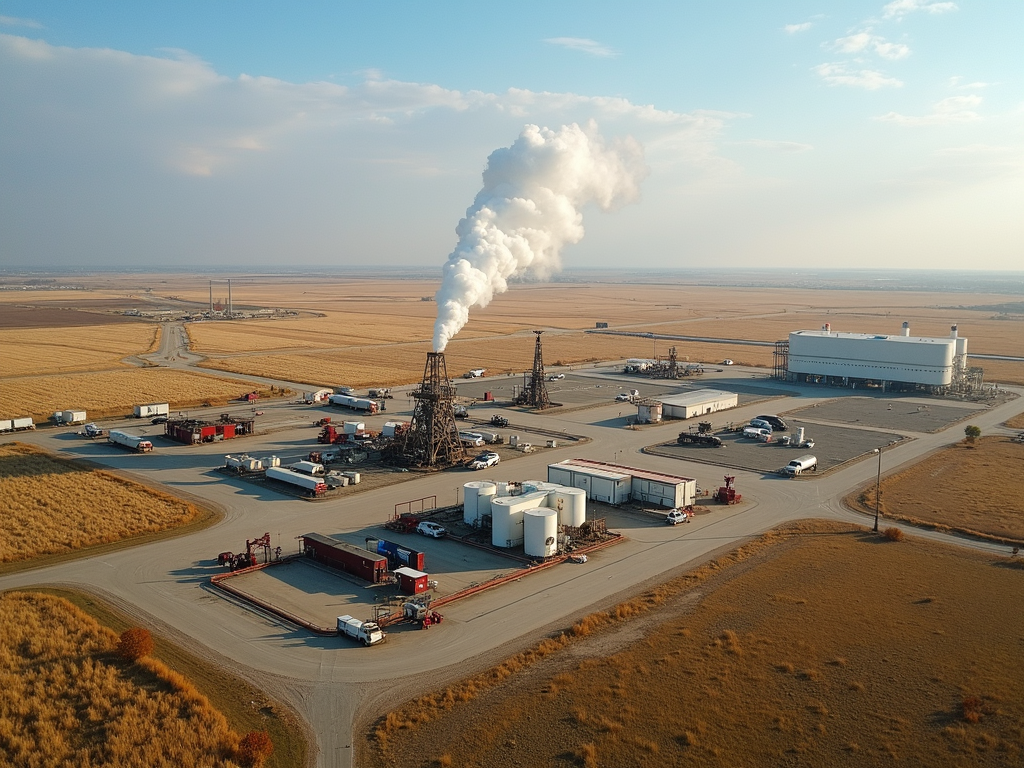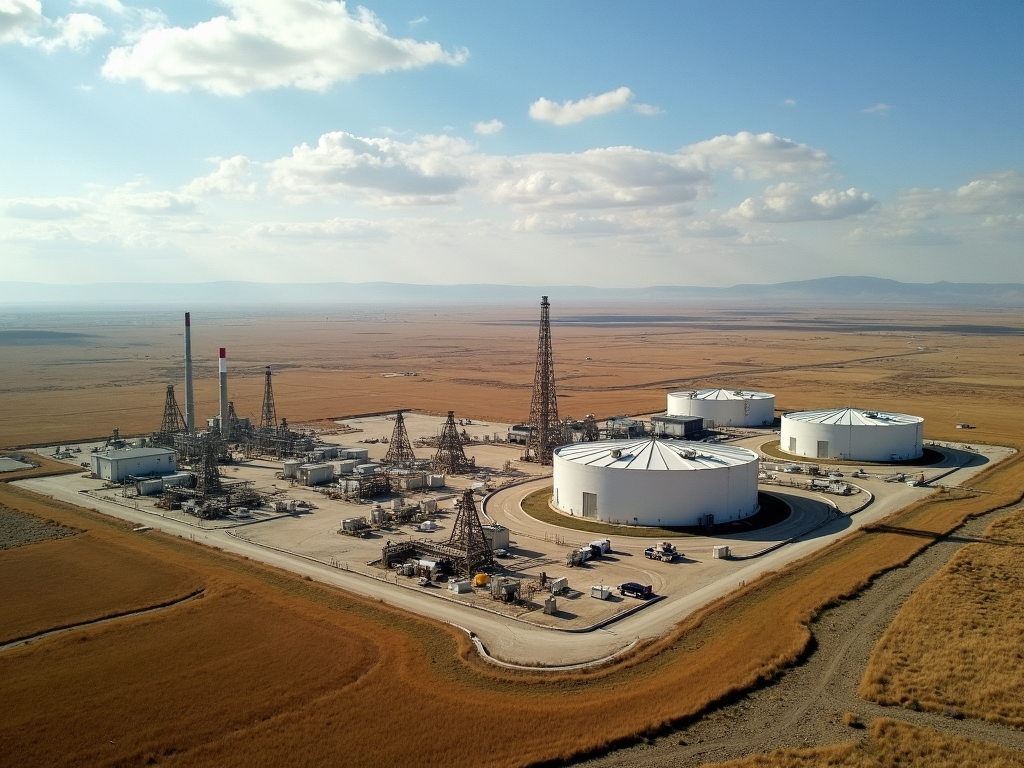The energy sector in North America is a complex network, intertwined with political, economic, and technological factors. The United States and Canada show significant differences, particularly in the use of fossil fuels and the development of renewable energies. While the United States focuses on its role as global exporters of liquefied natural gas, Canada aims to diversify its energy sources. This article explores how these differences affect energy companies and what opportunities arise for investors.
A Network of Oil and Flows: The Transnational Influence of Fossil Fuels Between the United States and Canada

In the intricate interplay of American and Canadian energy policy, the use of fossil fuels plays a central role. Canada provides about half of the United States’ fossil fuel imports, creating an essential economic bond between the two nations. This relationship is based on an extensive network of pipelines, entering new lands with projects like the Keystone XL pipeline, despite facing strong opposition. While the Canadian government supports these infrastructural projects, there are significant political and environmental concerns in the United States regarding the exploitation of fossil fuels from Canadian oil sands.
Political strategies and regulatory barriers highlight the differing approaches of the two countries. The United States pursues a protectionist approach that, under the previous administration, led to deregulation of the energy market. This was supposed to simplify projects like Keystone XL but also resulted in controversies regarding environmental standards. Canada, on the other hand, promotes stringent regulations focusing on environmental protection and sustainability, often slowing down the development of such large projects. The divergence in political settings could cause long-term disruptions in bilateral energy trade.
Another aspect is Canada’s political stability, which is particularly attractive to investors in uranium and other strategic raw materials like lithium and cobalt. Canada is a significant player in the uranium market and attracts investment due to its experience and stability. The United States, on the other hand, has shifted its focus towards natural gas and shale oil, which may seem economically profitable in the short term but carries long-term economic risk uncertainties.
Geopolitical risks and diversification are decisive factors in the energy policy of both countries. The strong dependence on Canadian imports represents a risk for the United States, pushing them to develop alternatives. However, these may bring new risks, as a closer tie to OPEC countries could prove economically and politically precarious. Canada, with its abundance of natural resources, aims to diversify its energy sources and focuses on a more sustainable energy future.
These complex ties and the differences in fossil fuel management raise a critical question: will it manage to find a balance between national interests and international cooperation as the challenges of climate change and energy security become increasingly pressing worldwide?
The Green Twist: Renewable Energies in North America

Renewable energies are gaining increasing importance in the energy portfolios of the United States and Canada. Despite common goals, approaches and developments in the two countries differ significantly, deeply rooted in their respective political, economic conditions, and natural resources.
In the United States, solar energy dominates the expansion of renewable energies. A record increase of 50 GW in 2024 underscores the vibrancy of this sector, driven by states like Texas. Ambitious forecasts predicting a doubling of solar capacity by 2035 highlight the determination to reduce dependence on fossil fuels. The Inflation Reduction Act plays a central role in this transformation, offering tax incentives and promoting technological innovations. However, political uncertainties may hinder progress, especially in the face of persistent legislative fluctuations.
Concurrently, wind energy in the United States grows steadily, although the focus is distinctly on solar energy. The United States’ renewable portfolio is further enriched by nuclear energy, which, with 94 active reactors, ensures a stable electricity supply. Although the expansion of new reactors is held back by political obstacles, innovative concepts like small modular reactors (SMRs) open up new prospects.
Canada, on the other hand, targets a different energy profile. Hydropower is the main powerhouse in the Canadian energy mix, supported by a growing, though less dominant, wind and solar energy presence. Political stability and a commitment to reducing greenhouse gas emissions create a favorable environment for investment in renewable technologies. Furthermore, Canada is strengthening its position as a leading uranium producer, contributing not only to its energy supply but also to the global supply. Nuclear energy, mostly generated through CANDU reactors, provides 13.7% of Canada’s electricity and underscores the established expertise in this sector.
In comparison, both countries showcase how different energy policy and resource use can be. While the United States focuses on innovation and technological advancements in solar energy, Canada leverages its geographic advantages and resources. Transnational dialogue and trade remain, in all of this, a complex yet essential component shaping North America’s energy future.